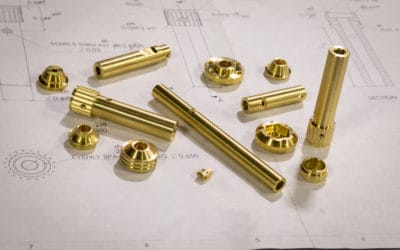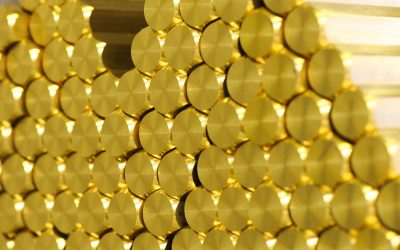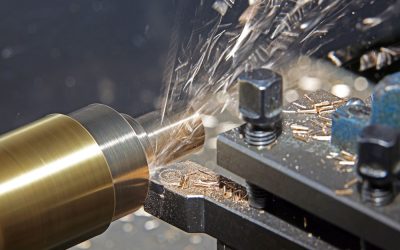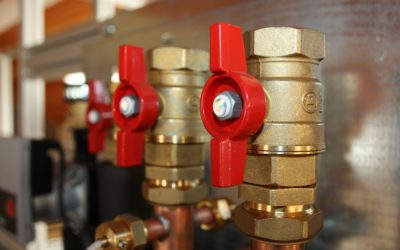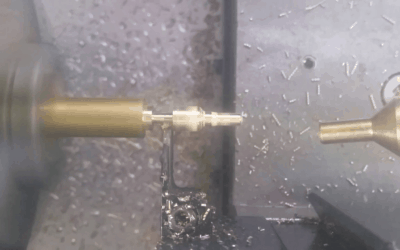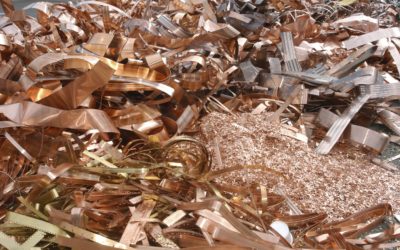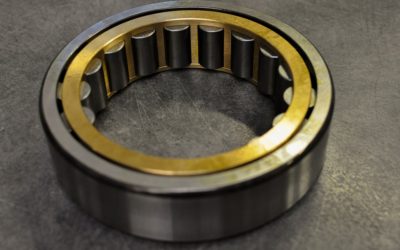Blog
How To Effectively Spec A Material And Save Money
When designing a new part, engineers often have some flexibility in specifying the material the part is made of. Component durability and performance are key factors in determining what metal to use but keeping part costs low must also be a prime variable in the...
Hard to Find Materials – Brass Isn’t One of Them
Brass is a material of choice in today’s new part designs and sets the benchmark standard with a 100% machinability rating, standout sustainability, and cost-effectiveness advantages compared to aluminum and steel. And even with today’s supply chain disruptions, brass...
Myth #4: Lower-Cost Materials Always Yield Lower Costs Per Part
Basic math suggests that raw material costs affect finished part costs, and many design engineers assume that lower-cost materials always yield less-expensive parts. In the real world, that is not always true. Although brass bar stock typically costs more than 12L14...
Myth #3: Brass Can’t Replace Steel
Shops continually look for ways to cut cycle times and increase part quality, but one aspect of recurring jobs typically remains unquestioned. Many shops assume that material specifications represent an absolute, unchangeable attribute, and as a result, they may fail...
Myth #2: Lead-Free Brass Is Too Difficult to Machine
Traditionally, to improve the machinability of brass and other metals, small amounts of lead are added to lubricate cutting tools and enable chips to flow freely. In certain applications such as components that come into contact drinking water, however, regulations...
Myth #1: Materials Have No Speed Limits
Whether it’s a canned cycle on a CNC machine, speed and feed figures from a color-coded chart or handwritten notes on a job ticket, machinists rely on standard cutting data every day in the metal-cutting industry. This data tend to act like speed limits for operators...
The Circular Economy of Brass Recycling
Brass provides favorable economics that few other materials can match. Made from a blend of copper, zinc and other elements, brass offers superior machinability, recyclability and overall environmental advantages. In fact, producers of brass raw materials like rod,...
Navigating Lead-Free Regulations with Brass
Brass alloys offer a unique combination of material attributes, including excellent machinability, high scrap value, exceptional electrical and thermal conductivity and good strength and ductility, all while remaining non-magnetic and corrosion resistant....
Brass Moves Industrial-Equipment Production
Manufacturers of heavy equipment literally face bigger challenges than companies that make smaller devices and machines. The scale and weight of earthmoving and other big, heavy-duty equipment mean that making them move and function requires special engineering and...
Contact Us
Copper Development Association Inc.
1660 International Drive, Suite 600
McLean, Virginia 22102 USA

